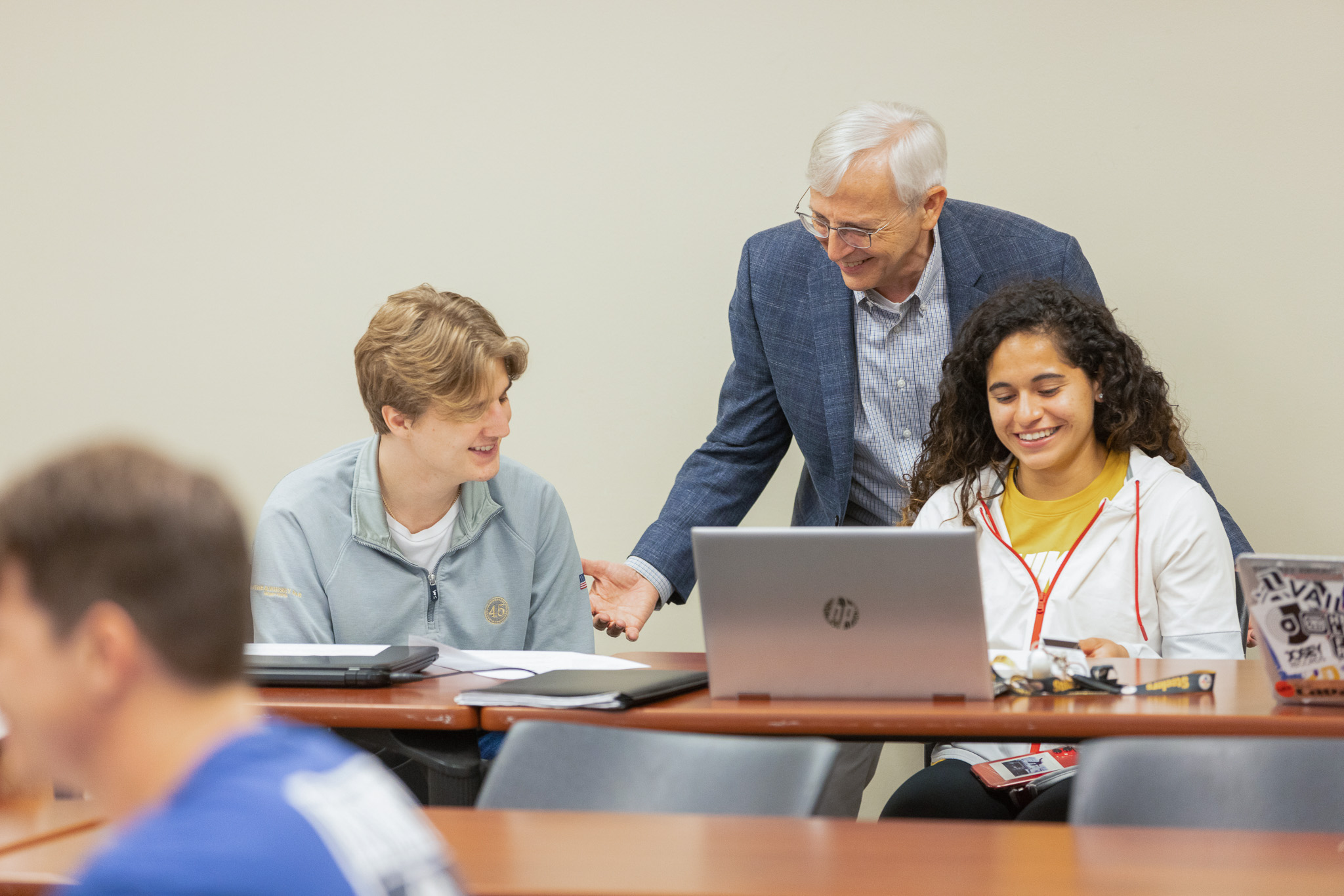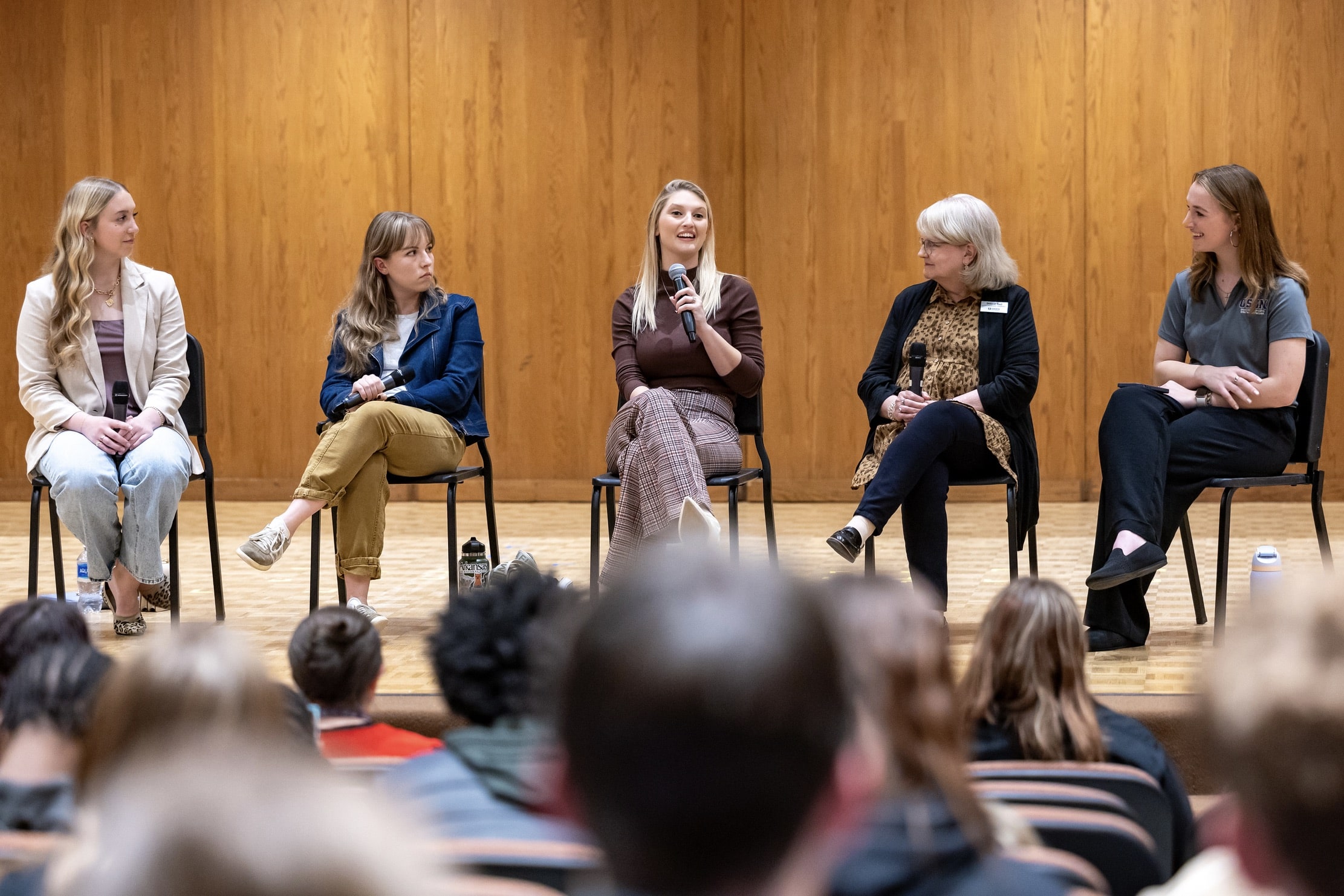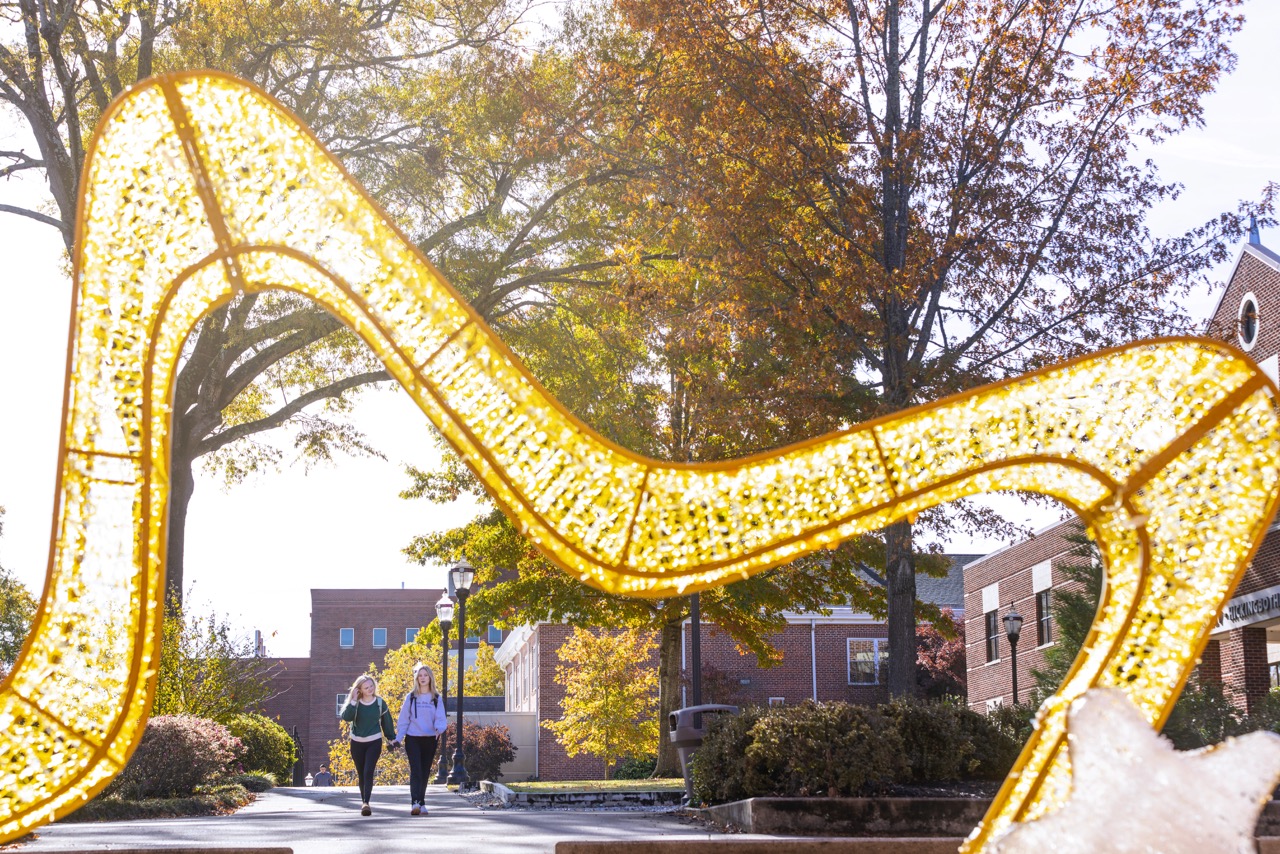Ouachita among 12 schools nationwide selected for prestigious science alliance
January 28, 2011 - OBU News Bureau
Ouachita Baptist University is one of 12 colleges and universities nationwide selected this year to participate in the prestigious National Genomics Research Initiative.
Since 2008, almost 1,700 students at 40 colleges and universities have spent a year
discovering organisms hidden in the dirt. As part of an innovative course from the
Science Education Alliance (SEA) of Howard Hughes Medical Institute (HHMI), the students
have isolated at least 1,400 soil-dwelling bacterial viruses, called phages, and analyzed
the DNA sequence of almost 100 different phages.
In addition to Ouachita, other universities among this year’s SEA members are: Brown
University in Providence, R.I.; Johns Hopkins University in Baltimore; Ohio State
University in Columbus; and the University of Florida in Gainesville. Another 14 schools
will join the alliance as associate members.
“We are very pleased with the recognition from the Howard Hughes Medical Institute,”
said Dr. Tim Knight, Ouachita’s J.D. Patterson professor of biology. “To be selected
as one of only 12 from the entire country in this year’s cohort acknowledges the quality
of our program and places us in position to enhance what we are already doing.
“We have traditionally made student research a part of the experience for juniors
and seniors,” Knight added. “This program enables us to move that experience to the
freshman year. This is not only good for our freshmen, but will significantly impact
the quality of research that those freshmen will be capable of as upperclassmen.”
According to Dr. Ruth Plymale, assistant professor of biology, the course can help
Ouachita students build their skills as creative thinkers. “Students come to college
thinking that they have to memorize information from books,” she said. “We’re just
really excited to see how this course improves the ability of the students to think
on their own, to really unearth information and discover it.”
HHMI established the Science Education Alliance in 2007 to develop resources that
enable undergraduate science educators to present innovative courses and programs.
Since then, participating faculty have worked together to roll out the course and
bring the excitement of experimental research to students in a novel, collaborative
way.
“This experience makes excellent students that much more excited,” noted Sean Carroll,
HHMI’s vice president for science education. “And it makes students who weren’t sure
about their degree of interest in the life sciences a lot more engaged.”
The National Genomics Research Initiative is the alliance’s first program, and HHMI
has committed $4 million to the course. With the addition of this year’s schools,
the course is now being taught in 29 states and Puerto Rico. “I feel like the tide
is continuing to roll, that the SEA is really branching out,” said SEA director Tuajuanda
Jordan.
Participating schools typically offer the course as a substitute for their introductory
biology laboratory. In the first term, students isolate phages from locally collected
soil. Given the diversity of phages, each one is almost certain to be unique, and
the students get to name their newly identified life form. They spend the rest of
the term purifying and characterizing their phage and extracting its DNA.
Between terms, the DNA samples are sequenced at one of several research centers across
the nation. In the second half of the course, students receive digital files containing
their phage’s DNA sequence. They then learn to use bioinformatics tools to analyze
and annotate the genomes.
In the first two years that the SEA course has been available, students completed
the process for 37 phages and deposited the DNA sequences into the national GenBank
database. At least 50 more will be completed this year, Jordan added.
The 12 schools joining the SEA, chosen through a competitive application process,
will offer the course beginning in fall 2011. HHMI provides training and staff support
as well as research and laboratory materials for participating schools.
“These schools are very diverse with respect to their resources and their size,” Jordan
pointed out. “Just reading their applications, you can feel the enthusiasm and you
can see that they are thinking ahead to the potential impact.”
You Also Might Like
Over 400 students and educators attend high school sports media conference at Ouachita
December 03, 2025Recent
Over 400 students and educators attend high school sports media conference at Ouachita
December 03, 2025



